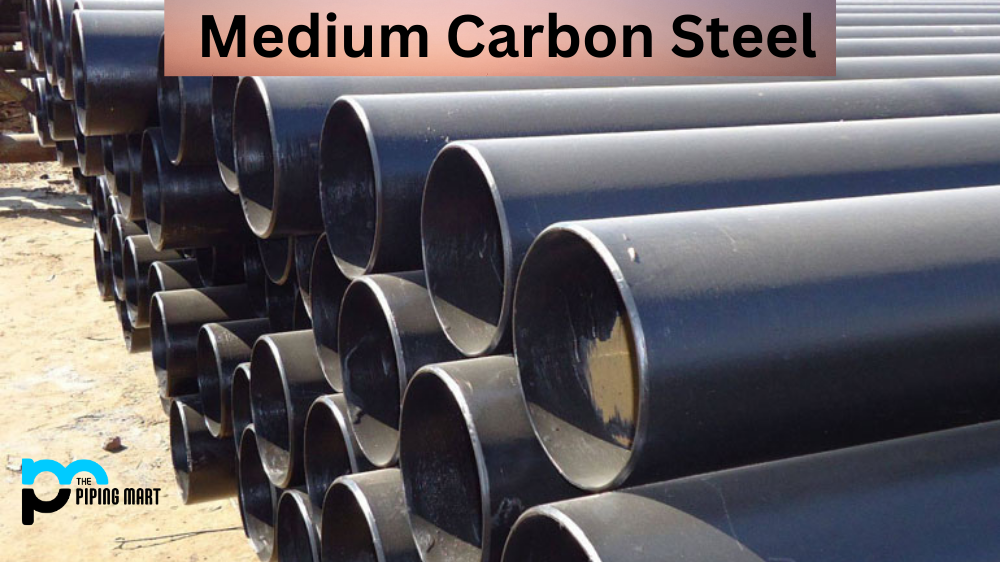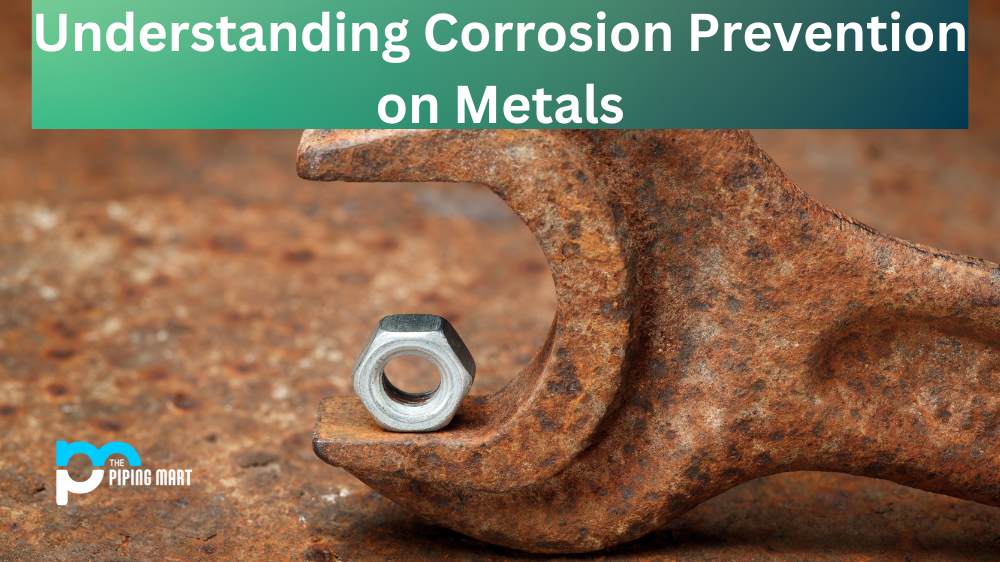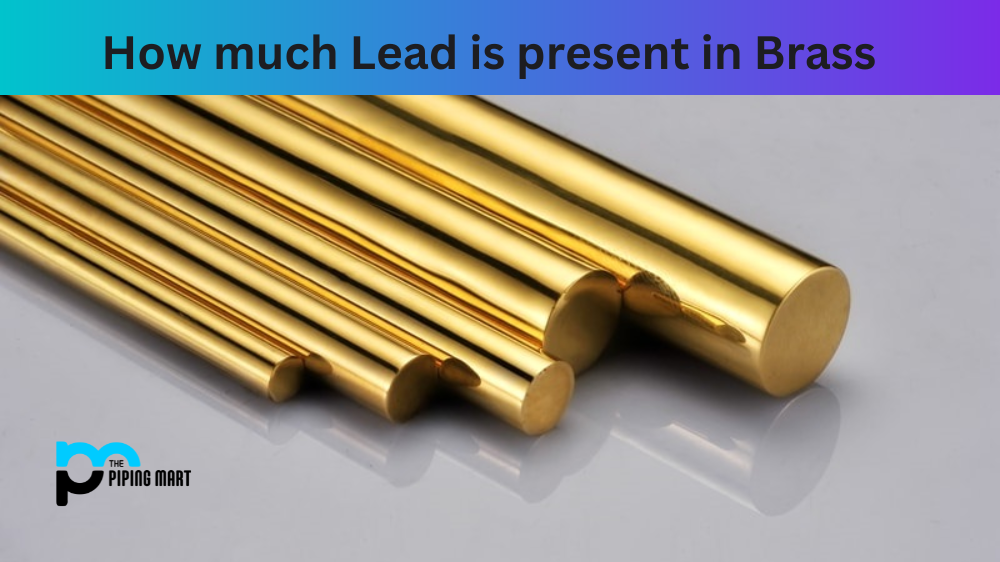When it comes to metalworking, understanding the properties of different types of steel is essential. One key characteristic is the coarsening temperature, which determines how heat affects the structure and performance of a material. In this article, we’ll take a closer look at what happens when medium carbon steel is heated to its coarsening temperature.
What Is Medium Carbon Steel?
Medium carbon steel is a type of steel alloy that contains anywhere from 0.3% to 0.8% carbon by weight. It’s known for its resistance to wear and fatigue as well as its strength and ductility. The strength of medium carbon steel can be further enhanced through heat treatment. However, it’s important to understand how heating affects the structure of the material before you begin any metalworking process.
Effects Of Heating On Coarsening Temperature
When medium carbon steel is heated above its coarsening temperature—typically around 850°C—the crystal structure of the alloy begins to change from a ferrite-cementite mixture into one with predominantly ferrite grains (also known as pearlite). This transformation results in an increase in hardness but also a decrease in ductility and toughness, so it’s important to understand these changes before heat treating your metal components.
In addition, heating medium carbon steel above its coarsening temperature can cause grain growth within the material. As grains grow, they become elongated and distorted, which can make them more susceptible to failure due to fatigue or stress corrosion cracking. To avoid this issue, you should carefully control the rate at which your material is cooled after being heated beyond its coarsening temperature.
When medium carbon steel is heated to coarsening temperature
When medium carbon steel is heated to its coarsening temperature, the grain size of the material does not change. However, this process does bring about a transformation in the structure of the steel. There is an increase in the number of ferrite and pearlite particles within the composition. These individual particles become larger as a result of this heating process, and their interfacial strength increases overall. This increased strength helps to protect against further corrosion and wear when compared to conventional un-heat-treated sturctural materials. The coarsening temperature ultimately gives the medium carbon steel added properties to aid its use for a variety of applications.
Conclusion
When working with medium carbon steel, it’s important to understand how heat affects the structure and performance of this particular alloy. Heating medium carbon steel above its coarsening temperature can result in an increase in hardness but also a decrease in ductility and toughness compared to when it was in its original state. Additionally, grain growth may occur if proper cooling methods are not used after heat treatment has occurred. By understanding these effects ahead of time, you can ensure that your metalworking processes will produce successful results every time!

A passionate metal industry expert and blogger. With over 5 years of experience in the field, Palak brings a wealth of knowledge and insight to her writing. Whether discussing the latest trends in the metal industry or sharing tips, she is dedicated to helping others succeed in the metal industry.




